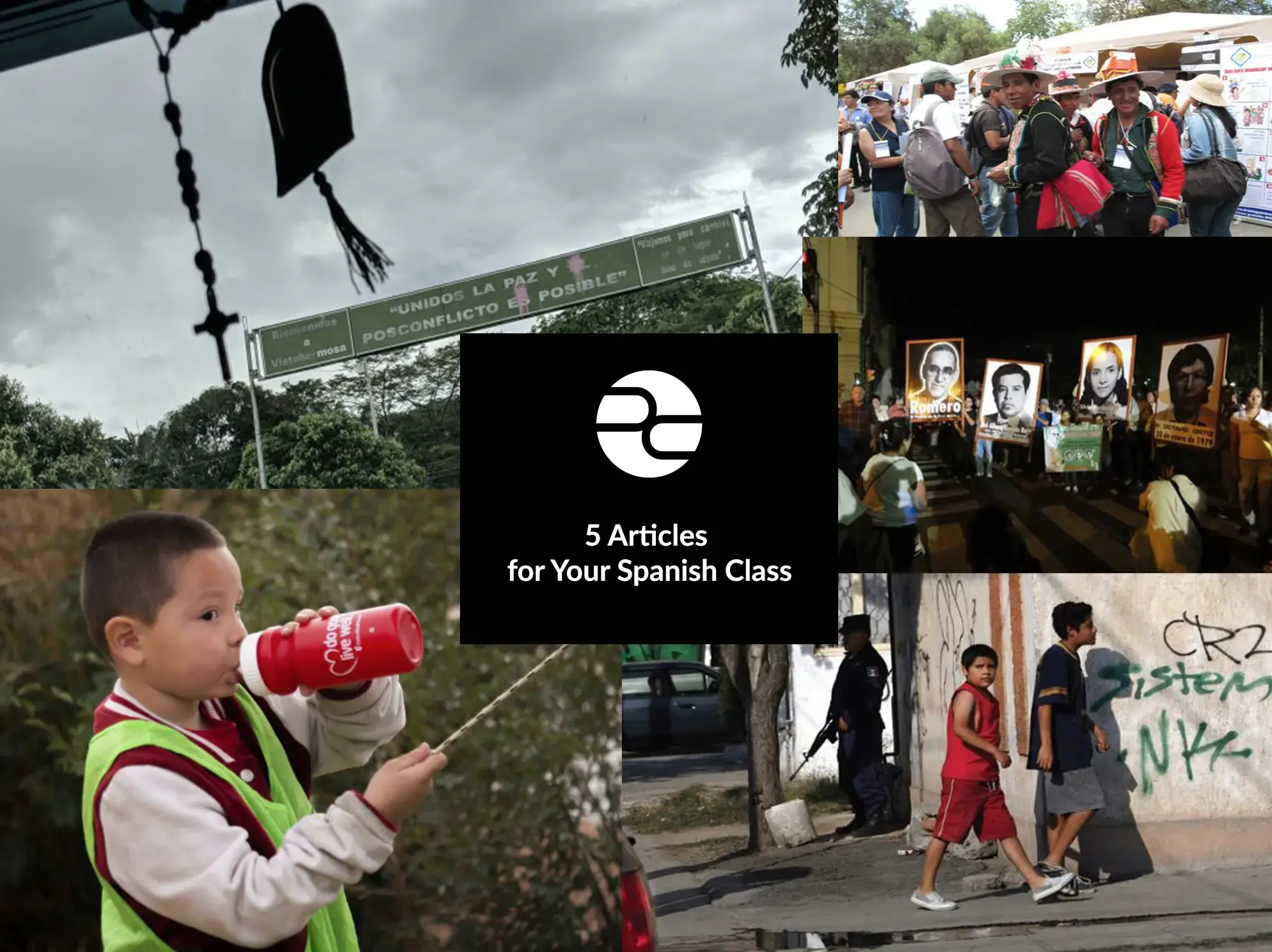- What details from the story are sticking with you? Why?
- What did you learn that you didn’t know before? How could you explain it to someone else?
- Who does this issue impact, and how?
- How does this issue impact the international community? How does it connect to your local community?
- Who is quoted? Why are they credible sources?
-
What is the key takeaway of this article?

Stories Used in This Lesson
By Sara Reardon, Published in Nature
Peace efforts in Colombia have put an end to 50 years of intense conflict. Now, scientists study who were combatants and victims, while both try to heal.
By Ruxandra Guidi, Published in Pulitzer Center
As real estate investors threaten the livelihood of indigenous groups living in the Bolivian jungles, this article looks at the conversations surrounding the country's next steps.
By Daniel Connolly, Published in Excelsior
His story shows that when Americans buy illegal drugs—even a small amount of seemingly harmless marijuana—they're likely contributing to the corrosive river of drug money flowing south.
By Viridiana Vidales Coyt, Published in Pulitzer Center
Due to diabetes and obesity, studies find that this generation of Native American children may be the first that does not survive their parents.
By Roberto Lovato, Published in New America Media.
On the thirty-first anniversary of the assassination of Oscar Romero by paramilitary agents, Salvadorans want to know if Obama will do his part to end impunity at the top of the Salvadoran social ladder.
Suggested Assignments
- Write a persuasive paragraph that uses evidence from the article to explain why this issue is important and should be published in American newspapers
- Find an article that is similar to this topic and share with your table or with the class











